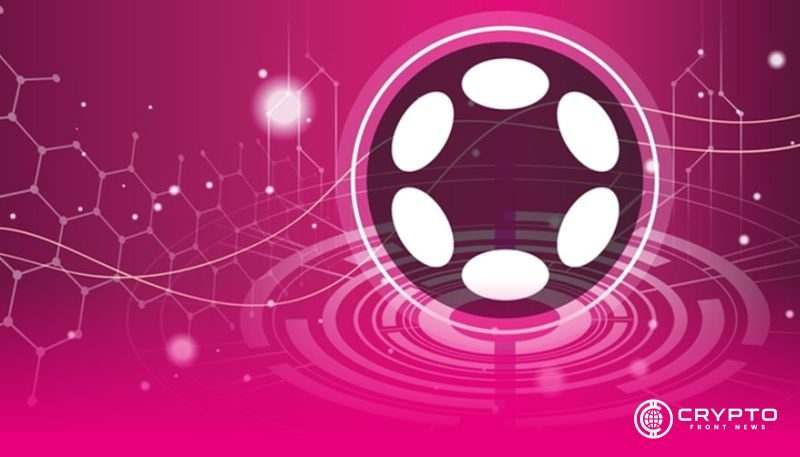- Referendum 1710 introduces a 2.1B DOT cap, replacing unlimited yearly issuance of 120M tokens.
- Issuance will halve every two years, falling below 10M annually by 2033 and near zero after 2040.
- Polkadot aligns tokenomics with network upgrades like JAM in 2026, reducing inflation and restructuring supply growth.
Polkadot has moved toward a major tokenomics change after its DAO approved Referendum 1710, introducing a hard supply cap for DOT. The measure passed with 81% support, a move from the existing model that mints 120 million DOT annually without restriction.
Under the new framework, supply will be limited to 2.1 billion tokens, with issuance declining in a stepped schedule every two years. This adjustment begins in 2025 and continues until supply stabilizes, reducing inflation compared to the previous approach.
Supply Adjustments Under the New Model
At present, about 1.6 billion DOT tokens exist with new issuance fixed at 120 million each year. The newly approved schedule will change this pattern, beginning with 120 million tokens in 2025 but decreasing in stages.
According to Polkadot, the issuance will drop to about 60 million by 2027, then to around 30 million by 2030. By 2033, yearly issuance will fall below 10 million, before approaching near zero after 2040. This phased model ensures that supply growth slows over time, reaching roughly 1.9 billion tokens by 2040.
The DAO contrasted this model against the previous movement. Without changes, supply would have expanded to nearly 3.4 billion tokens by 2040 and close to 5 billion by 2052. The updated system therefore changes the long term supply curve from steep growth to gradual stabilization.
Staking and Distribution Impacts
Polkadot’s earlier issuance policy faced challenges due to high annual inflation. Each year, most of the 120 million minted tokens were directed to stakers and validators. Stakers receive yields of around 13%, but many tokens eventually enter circulation as they are sold, increasing supply pressure.
The new framework adjusts this outlook by gradually reducing emissions, lowering the volume of new tokens entering the market. The DAO noted that every reduction will occur on March 14, aligning with Pi Day, creating a predictable schedule for issuance changes.
Broader Network Developments
The supply cap decision comes alongside structural changes to Polkadot’s network. In 2023, Polkadot 2.0 phased out parachain auctions, allowing developers to deploy applications without high upfront costs.
Another planned change, the JAM upgrade, is expected in 2026. The Join-Accumulate Machine will allow the network to run similar cores, with capsules handling workloads independently.
According to Polkadot on X, Referendum 1710 aligns long term supply with predictability and reduced emissions. Together with protocol upgrades, these reforms reshape both tokenomics and technical design across the market.






